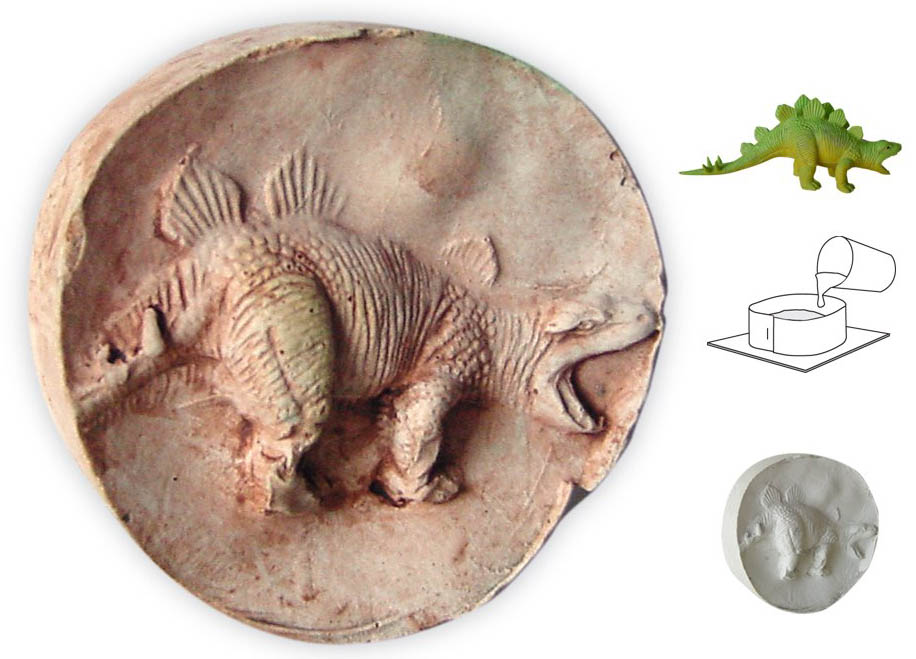

While plaster casts of antique busts had existed for hundreds of years, Segal's practice of dipping bandages into plaster and applying them to a live model was quite new.Despite this dimension of personal significance, the strength of his work lies in the universal significance of human gesture and expression, evident in Segal's public monuments to the Gay Rights movement and The Great Depression, as well as the Holocaust. Segal was from a family of Polish Jews, most of whom perished in the Holocaust. Segal's plaster cast sculptures, literally the shells of people, can be read as poignant reminders of the human toll taken by World War II. Designed to treat broken bones, the bandage is not just a medium but a metaphor.For guest shoppers this a randomly generated cryptographically strong ID. The cookie contains information identifying the customer and session expiration time. Remember User session for logged in users and keep you logged in to the site. Powers the WooCommerce Recently Viewed widget. Helps WooCommerce determine when basket contents/data changes. The cookie is set by the GDPR Cookie Consent plugin and is used to store whether or not user has consented to the use of cookies. The cookie is used to store the user consent for the cookies in the category "Performance".Īllows guests on the site to add products to a Wishlist This cookie is set by GDPR Cookie Consent plugin. The cookie is used to store the user consent for the cookies in the category "Other. The cookies is used to store the user consent for the cookies in the category "Necessary".

The cookie is set by GDPR cookie consent to record the user consent for the cookies in the category "Functional". The cookie is used to store the user consent for the cookies in the category "Analytics". Saves the product view default setting on page load for the user.

These cookies ensure basic functionalities and security features of the website, anonymously. Necessary cookies are absolutely essential for the website to function properly. The plaque is particularly noteworthy in being a rare depiction of Classical domestic architecture. In the upper division appear a large temple of Bacchus and various other mystical representations. The scene depicts Bacchus and his retinue of Satyrs attending upon a mortal figure, possibly a poet, formerly identified as Ikarios (see Apollodorus, III.xiv.7). A Brucciani casting can also be seen in the Ashmolean Museum cast collection in Oxford. LASSCO salvaged a Brucciani cast from a City of London building and from this we have made the present casting. It was eventually purchased by the British Museum in 1805 as part of what became known as the Townley Marbles.ĭominico Brucciani - formatore to the South Kensington Museum is thought to have been responsible for taking a cast of the plaque in the late 19th Century. Townley was to describe it as the ‘Supper of Trimalchio’. 7 Park Street, Westminster, while his agents sought out a buyer. It was purchased and brought to England by Charles Townley in the late 18th Century where Townley had it mounted above the fireplace of his library at No. Rediscovered in the early 16th Century it was first housed in the Casa Maffei before moving to the Villa Montalto, the palace of Pope Sixtus V, the great re-builder of Renaissance Rome. The original marble relief from which this cast is taken is dated by the British Museum as early 1st Century Roman and is a copy of an earlier 2nd Century BC Hellenistic Greek original.


 0 kommentar(er)
0 kommentar(er)
